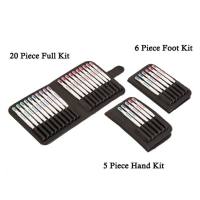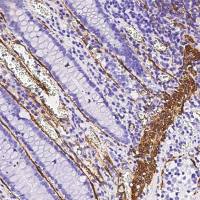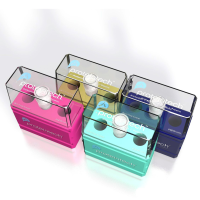Isolation of Actin and Myosin Filaments
互联网
528
LEVEL III
Materials
-
Relaxing Solution
- 0.1 M KCl
-
0.001 M MgCl

- 5 mM ATP
-
0.016 M NaH
 PO
PO
-
Na
 HPO
HPO
- Adjust pH to 7.3
- 0.05 M Sodium phosphate buffer, pH 7.0
- 0.001 M EDTA (Ethylene diamine tetra acetic acid)
- Blender
- Preparative centrifuge
- Materials for TEM fixation, embedding and observation
Procedure 7
-
Obtain fresh chicken gizzards 8 and dissect the lateral muscles free from all attachments. Place the muscles on crushed ice and then grind them in a standard worm- drive meat grinder. Small samples can be pushed through a hand press, if desired.
-
Weigh the tissue and add an equal volume of cold 0.05 M Sodium phosphate buffer, pH 7.0 with 0.001 M EDTA. Blend this mix in a standard blender at low speed and pour the slurry into a large beaker.
-
Upon settling, the muscle fragments will settle on top of the underlying connective tissue. Separate the two by decanting, and concentrate by low speed centrifugation.
-
Suspend aliquots of blended muscle in two volumes of relaxing solution and homogenize in a blender at high speed for 30 seconds.
-
Centrifuge the homogenate at 500 xg to remove membraneous organelles and whole cells. The myofilaments are preferentially localized in the middle, clear solution of the centrifuge tube.
-
Collect the middle layer and recentrifuge at 40,000 xg to pellet the myofilaments. Wash and gently resuspend. This will rid the preparation of soluble proteins.
- Prepare a small sample of the middle layer from Step 5 for EM observation, following the procedure outlined above for tubulin (Exercise 9.7 ).











